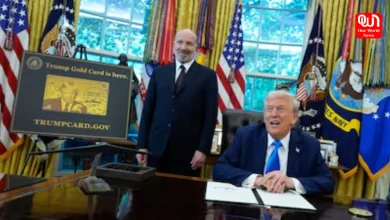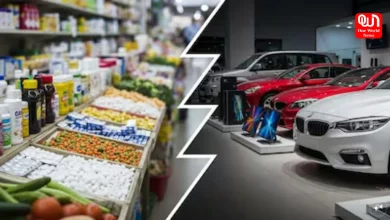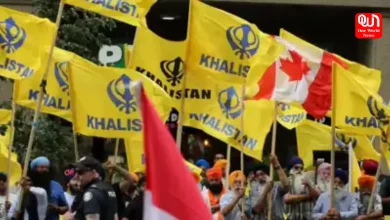Explained: Why India doesn’t want to be a part of the RCEP Free Trade deal?

Is Trade deficit with China is the main reason behind staying away from RCEP Free Trade deal?
Indian Prime Minister Narendra Modi recently visited Bangkok to attend the Regional Comprehensive Economic Partnership (RCEP) summit. It was decided by the Indian government that they will not join the free trade deal which would have been the world’s largest trade pact.
Why India is staying away from RCEP free trade deal?
It is believed that the decision to stay away from the trade pact was taken after key issues. Inadequate protection against import surge, possible circumvention of rules of origin, insufficient differentiation with China, keeping the base year as 2014 and no credible assurances on market access and non-tariff barriers- couldn’t be resolved during the Bangkok summit.
India also pointed out the unavailability of having Most Favored Nation status among the other countries as the benefit would then lose its edge in matters of the nation beyond the bloc.
India’s stand was a mixture of “pragmatism, and effort to give an advantage to India’s service sector, the urge to safeguard the interests of poor while not shying away from opening up to global competition across sectors.”
The RCEP free trade negotiations were first launched at the 2012 ASEAN Summit in Cambodia. India’s stance to protect domestic interests had been the major hurdle. However, it is not clear whether the RCEP agreement would move forward without India.
There were indications that the rest of the countries might announce a provisional agreement amid a trade war between China and the US that have pushed the economic growth in the region to its lowest in the last five years. The deal might get a go-ahead in the next summit in Vietnam.
The proposed RCEP aims to create a free trade zone between 16 countries
The proposed RCEP is huge in size and scope which aims to create a free trade zone of 10 ASEAN nations and China, Australia, India, South Korea, Japan, and New Zealand. Free trade zone means a zero-customs duty zone in geography which contributes to 34 percent of the total GDP and 40% of the world trade. Almost half of the population lives in these countries.
The grouping will have immense economic clout. A sense of exuberance was seen in the members of the proposed group in mid-November in Singapore last year. Singapore hosted the summit level talks of the RCEP nations. Prime Minister Narendra Modi who had participated in the event at the time said he was committed to the early conclusion of the agreement.
But later in December, The Government of India engaged three consultants- Rupa Chanda, an expert in international trade and also a professor at IIM-Bangalore, New Delhi based Centre for Regional Trade and Indian Council for Research on International Economic Relations – to independently take stock of partnerships “real gains and losses” to India in the long term.
India conveyed its decision not to join the RCEP summit on Monday, Vijay Singh Thakur, External affairs ministry’s secretary (East). He said this reflects both the government’s assessment of the current global situation and of the balance and fairness of the agreement.
Government officials informed that Narendra Modi stood firm on India’s concern in free trade pact not being addressed and decided that there could be no compromise on core interests. They said “RECP agreement doesn’t reflect its original intent. The outcome wasn’t balanced and fair.”
India along with 15 other nations in Asia and Asia-Pacific regions have been working on sewing up contentious remaining areas, forging an agreement and place a deal by the end of 2019.
What happens if India gets into RCEP
India would require eliminating tariffs on 74% of goods from China, New Zealand and Australia, 90% of goods from South Korea, Japan and ASEAN countries. India is witnessing an economic slowdown and it would have been a risk for India to become a dumping ground for cheap Chinese goods.
India wanted to make sure that Chinese goods don’t dominate its market and particularly sought protections against Chinese agricultural goods.
Several opposition parties and even the RSS-linked Swadeshi Jagran Manch opposed the deal and argued that the Free Trade Agreement with China would be the death knell for the production and manufacturing sectors of India.
Read more: Delhi air quality improves from Severe to poor, Odd-Even shines again
The country is already facing a trade deficit of $57 billion. It has been a major concern for policymakers. Some experts have exerted that working out an agreement with China within the framework of RCEP would have been the only way to deal with China.
A Free Trade Agreement could be the next big step for India after 1991 Liberalisation policy that India needs to become the $5 trillion economy.
India has about $100 billion trade with five trading countries. But the country doesn’t have Free-Trade-Agreements with any of them. If Indian wants to double the GDP in the next three years, it also needs to double the trade volume with big trading partners.
Have a news story, an interesting write-up or simply a suggestion? Write to us at info@oneworldnews.in







